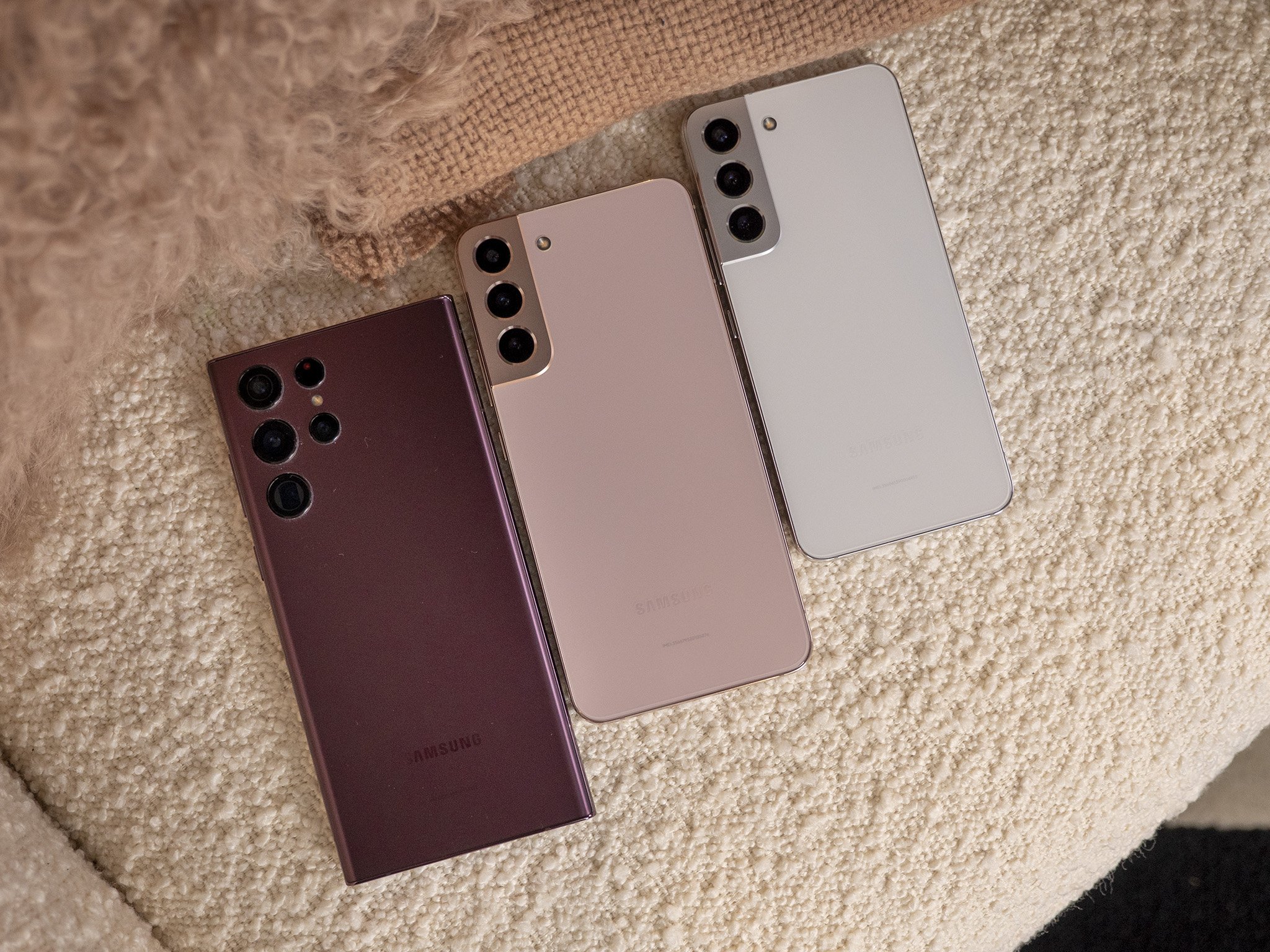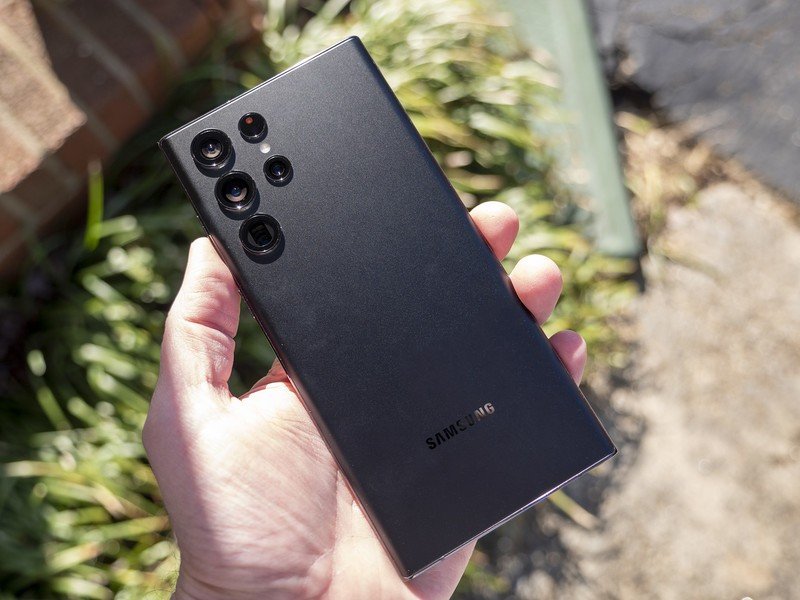Samsung is far from leading the Android fast charging race, and that's okay

I just started using the iQOO 9 Pro. The brand won't be familiar to those in the west; it is the latest entrant from BBK, the Chinese conglomerate that owns OnePlus, OPPO, Vivo, and Realme. BBK positioned iQOO as a Vivo sub-brand, similar to how Realme started off under OPPO's tutelage three years ago.
Back to the device in question. The iQOO 9 Pro is aimed at the flagship segment and takes on the best Android phones, and as such it has a QHD+ AMOLED panel with 120Hz refresh and dynamic scaling, Qualcomm's latest Snapdragon 8 Gen 1, 12GB of RAM and 256GB of storage, and a 50MP gimbal camera that is fantastic for taking videos. The part that's particularly intriguing to me is the battery — the iQOO 9 Pro has a 4700mAh battery and charges at a frankly ridiculous 120W and 50W wirelessly. iQOO advertises a full charge in just 20 minutes, with zero to 50% taking just 8 minutes.
Although iQOO kicked off the 120W trend last year, it isn't the only brand to do so. Xiaomi's 11T Pro and 11i also have 120W wired charging, Realme is set to launch a phone with 120W charging soon, and Infinix rolled out a device last year that went up to 160W.
It won't be long before we see 200W charging tech.
Chinese manufacturers are breaking new ground for charging tech every year, and we're at a point where 120W charging is available on mainstream mid-range phones. Meanwhile, Samsung is continuing to play it safe with its charging tech; the Korean brand is offering 45W wired charging on the Galaxy S22+ and S22 Ultra, but from a daily use point of view, the devices don't charge any faster than the 25W-based S21 series.
It's understandable why Samsung is reticent to roll out fast charging tech to take on the likes of Xiaomi, OPPO, and Vivo. The Note 7 debacle continues to be a stain on the company's legacy, and as a result it has steered clear of introducing its own charging standards. Instead, Samsung has wholeheartedly embraced USB Power Delivery 3.0, offering it as the default option on its flagships and mid-range phones for some time now.

Using an industry standard like PD 3.0 works to Samsung's advantage because it doesn't need to come up with its own solution, and it doesn't have to worry about overheating or managing thermals. While 25W charging doesn't sound anywhere as exciting as 120W or even 65W, it has proven to be more reliable in the long run. OnePlus and OPPO guarantee no noticeable battery degradation up to 800 charge cycles with their 65W charging tech, but that isn't the case in real-world use.
Using an industry standard allows Samsung phones to charge using any USB PD charger.
In that context, Samsung won out by not playing the numbers game here. And then there's the fact that 25W charging is just fine for most day-to-day use cases — my S21 FE takes 28 minutes to hit 50% from zero, and a full charge takes over 70 minutes. That's roughly twice as long as my OnePlus 9 Pro takes to fully charge, but I don't mind the added wait time because 99% of the time, I leave the phone charging overnight.
Get the latest news from Android Central, your trusted companion in the world of Android
This is where Samsung's decision to use USB PD works out in its favor. Most users still charge their phones overnight, and in that scenario, battery longevity matters more than whether your phone takes 30 minutes or an hour to charge fully. Phones that use 65W or 120W tech now optimize charging speeds based on your usage — if you routinely leave your phone plugged in overnight, they trickle charge and cut off at 85% to ensure the charger isn't needlessly delivering power.
So while Samsung isn't anywhere in the lead in the fast charging race, it is winning where it counts: battery longevity.

Harish Jonnalagadda is Android Central's Senior Editor overseeing mobile coverage. In his current role, he leads the site's coverage of Chinese phone brands, networking products, and AV gear. He has been testing phones for over a decade, and has extensive experience in mobile hardware and the global semiconductor industry. Contact him on Twitter at @chunkynerd.
